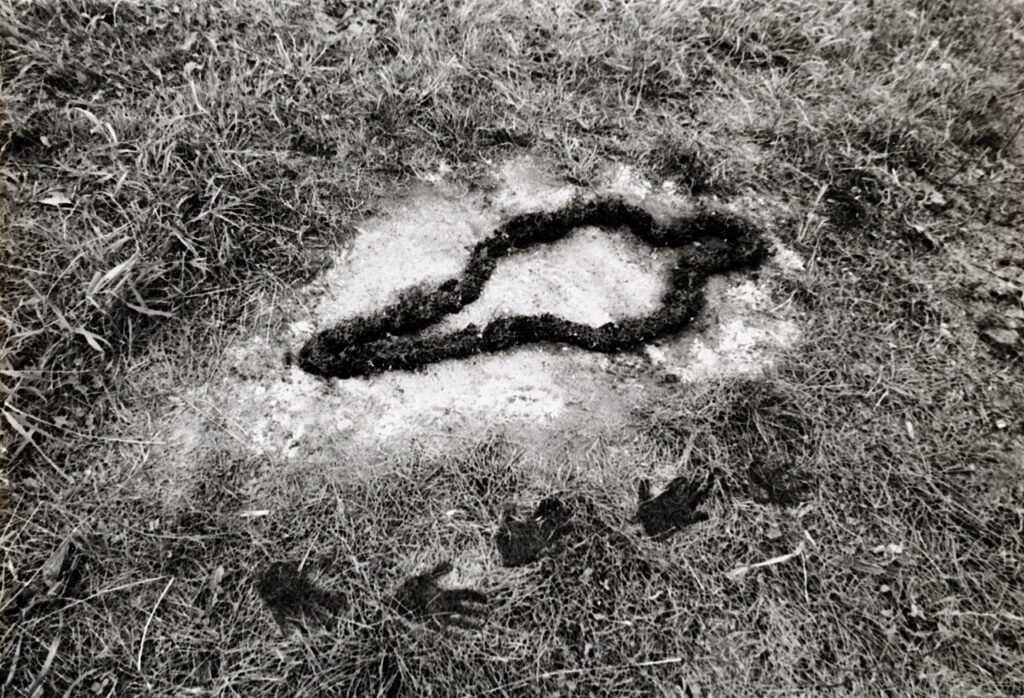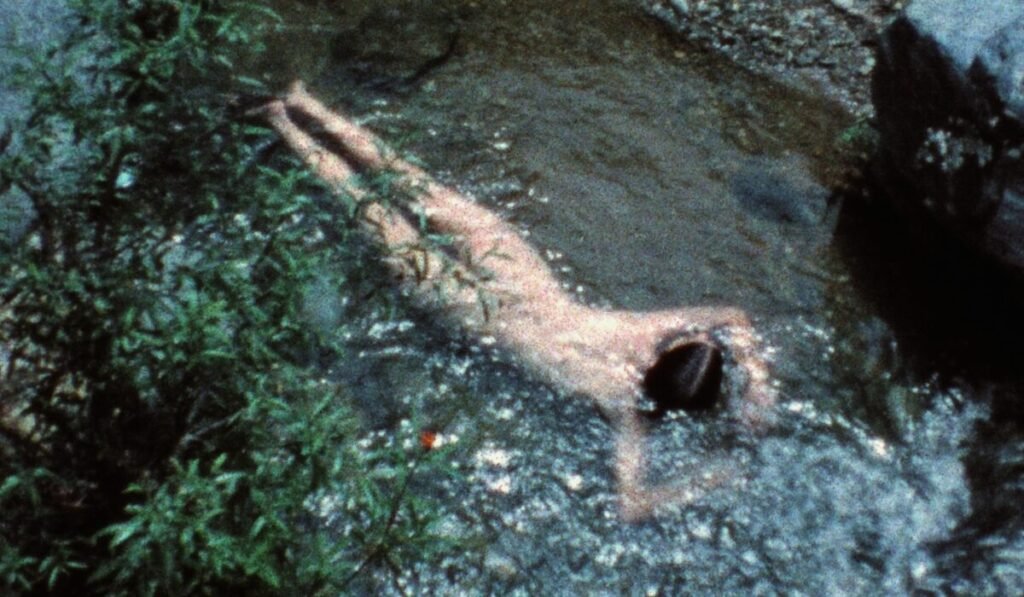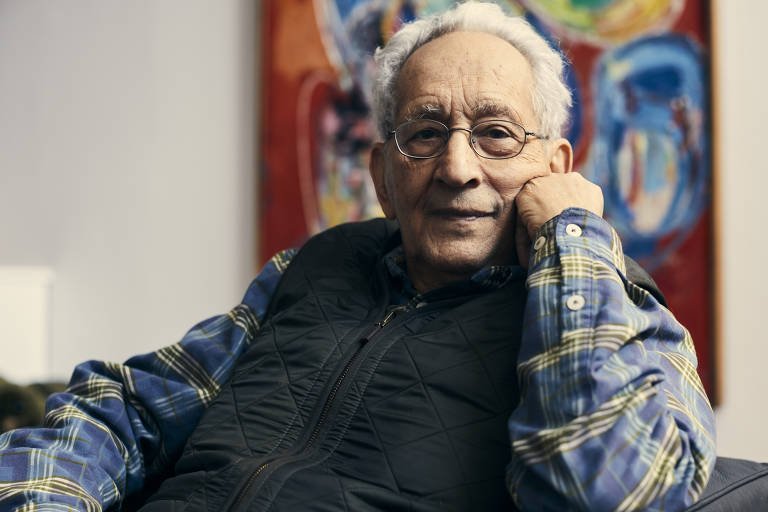Ana Mendieta (1948–1985) was a Cuban-American artist whose work was deeply marked by the intense connection between body, memory, and natural environment.
Exiled between the ages of three and twelve, she transformed the experience of loss into a creative force. She used landscapes such as beaches, forests, and riverbanks both as settings and raw material for her artistic investigations.
During her brief yet intense career, Mendieta understood that nature could act as a co-author, providing surfaces, textures, and unpredictable events that completed and reshaped her artistic intentions.
Her most renowned series, Silueta Series (1973–1980), highlights this relationship. By tracing the outline of her own body on earth, snow, mud, and water, Ana Mendieta created photographs and films documenting ephemeral gestures. Her silhouettes—drawn on the dunes of Iowa or outlined with flower petals in the Colombian forest—serve as human traces integrated within natural frames. In these works, the ground is not merely a support. It reacts, dries, cracks, and floods, producing unpredictable variations. Elements like wind, tide, and heat engage in a dynamic dialogue, positioning the artist as a medium between the human body and the Earth.
Co-authorship with Nature and the Legacy of Ana Mendieta
Ana Mendieta also explored fire and ashes in works such as Altar to the Chases (1977), reinforcing this symbiosis. In these pieces, she burned ceremonial plaques on sand, leaving residues that merged with the landscape.
The ashes, scattered by the wind, formed unique, impossible-to-reproduce patterns. Fire acted as a co-author, simultaneously revealing and consuming, while the trail of ash impregnated the soil with the memory of the gesture, evoking Carl Jung’s concept of synchronicity.

The tension between permanence and transience also permeates Ana Mendieta’s work. Natural erosion alters photographic marks, causing traces to disappear with rain or transform under the sun. This unexpected rhythm reinforces the idea that art transcends the human gaze. It extends into geological time and echoes nature’s invisible signature.
Throughout her oeuvre, Ana Mendieta redefines the role of the creative subject by cultivating co-authorship with natural elements. She rejects absolute control, adopting respect for the unnameable — waters, winds, lands, and flames that act autonomously. This symbiotic pact subtly critiques the anthropocentric worldview that dominates human relationships with the planet.
By revisiting Ana Mendieta’s work, we understand that nature is not merely a theme or setting. It is an essential partner in shaping forms, textures, and meanings. Her art invites contemplation of a co-presence in which we are historical subjects but also part of geological flows and elemental energies.
In every silhouette and trace of ash, the voice of the planet resonates. This reaffirms the power of artistic creation that embraces the unpredictability and praxis of the natural world.



